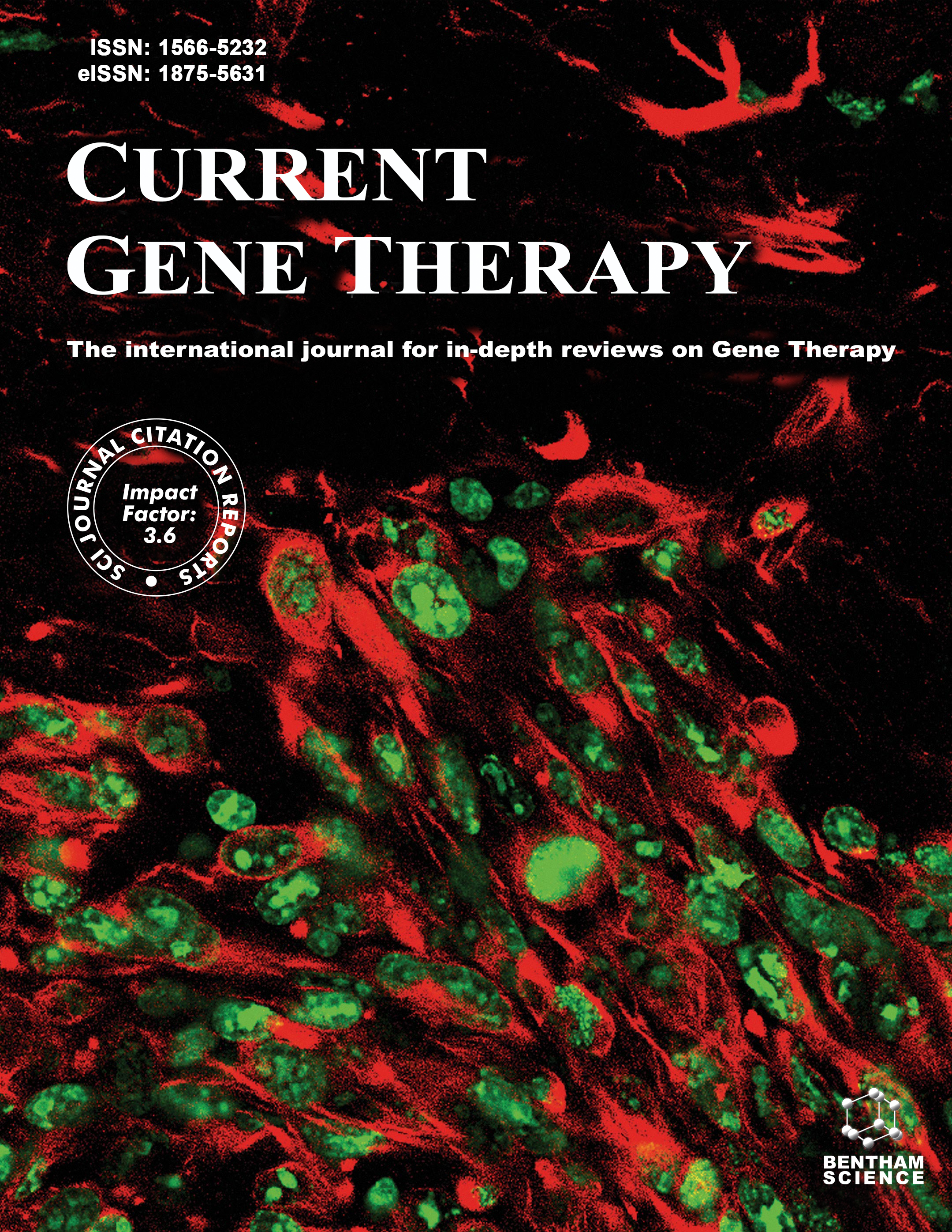
Full text loading...
RNA modifications play crucial roles in immune system development and function, with dynamic changes essential for diverse cellular processes. Innovative profiling technologies are invaluable for understanding the significance of these modifications in immune cells, both in healthy and diseased states. This review explores the utility of such technologies in uncovering the functions of RNA modifications and their impact on immune responses. Additionally, it delves into the mechanisms through which aberrant RNA modifications influence the tumor microenvironments immune milieu. Despite significant progress, several outstanding research questions remain, highlighting the need for further investigation into the molecular mechanisms underlying RNA modification's effects on immune function in various contexts.

Article metrics loading...

Full text loading...
References


Data & Media loading...

